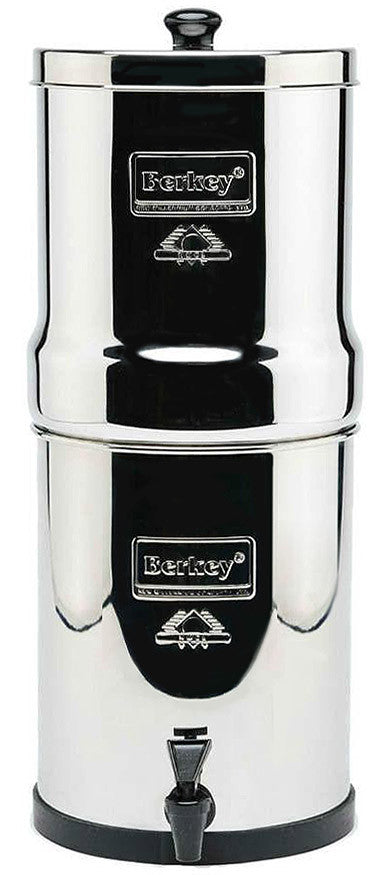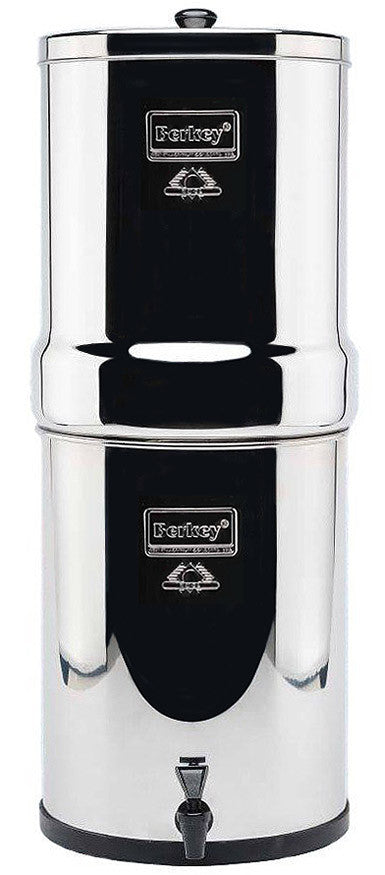
Nothing beats a glass of ice-cold water quenching your thirst, especially in the summer heat. But often, you settle for knowing that it freshens up, and you think it is clean enough.
NSF International, an independent product testing and certification association, reports that more than half of Americans worry about the water quality in their homes.
As a result of reports in the news, numerous individuals know lead poisoning can significantly lessen the quality of municipal drinking water. Hard water, however non-toxic, can leave a residue on our skin and hair and an aftertaste on our tongues.
Also, iron can leave unattractive stains in restrooms and smell strongly of metal.
Chemicals like pesticides can contaminate water also. An alternate study by Consumer Reports tracked that 85% of Americans are worried about pesticide contaminants in the environment and drinking water.
In any case, less obvious contaminants can also influence our drinking water. One of these is the chemical known as glyphosate. You'll probably not smell or taste glyphosate in your water; however, it will not wipe you out quickly and can impact your health.
Before going deeper into these health impacts, what is glyphosate? Below, you will understand glyphosate and its uses. You will also determine how to remove this chemical from your drinking water and a few thoughts for reducing exposure to this contaminant.
What is Glyphosate?
Glyphosate is a herbicide. It originated from glycine, one of the 20 amino acids that make up the building blocks of proteins. It is commonly used to control broadleaf weeds, grasses, and aquatic plants. However, it is not a nonselective herbicide, so it will kill most plants it comes into contact with.
Numerous U.S. crops are genetically modified organisms (GMOs) that have been changed to be lenient to this herbicide, however, so they can flourish when glyphosate is used.
Glyphosate is the most widely used herbicide on the planet, and it is far from just an active ingredient in the Monsanto weedkiller known as Roundup.
Its usage throughout the planet has expanded considerably since the time of its creation during the 1970s.
More than 750 glyphosate products are presently available in the United States.
Normally, farmers apply glyphosate-containing herbicides to the leaves and stems of undesirable plants.
The leaves and stems absorb the herbicide, which is then spread to the plants' meristem tissues, where development happens.
How Does Glyphosate Get Into Water?

Glyphosate can enter into tap water through soil erosion and agricultural runoff. Some saturate the soil when glyphosate is applied to crops as a herbicide. Glyphosate will, in general, tie firmly to the soil, such a great deal it withstands being out of control in the water.
When rain or flooding happens, the water may carry soil — and its bound glyphosate — into waterways or rivers.
Glyphosate dissolves in water and can persist for as long as 170 days in low-light conditions and more than 300 days in dim conditions, such as those found in groundwater.
So, when glyphosate enters the water supply, it stays there long. This persistence makes it almost certain that people and animals will ingest it in their drinking water.
When households or municipalities use those water sources for their drinking water supply, glyphosate is absorbed for human consumption. This penetration is a specific issue for well water.
However, municipal water users may likewise have issues if the municipality doesn't filter its water appropriately.
What is the acceptable glyphosate level?
Water testing shows that, at any rate, 70% of American household's drinking water is positive for above perceptible degrees of glyphosate. The EPA MCL (Maximum Contaminant Level) for glyphosate in the U.S. is 700 ug/L.
The EPA chose this limit based on the premise that glyphosate is not bioaccumulative. Glyphosate appears in the mother's milk at critical levels. Urine testing also shows glyphosate levels in U.S. residents over 10 times higher than in Europe, where it is used less.
Various states may likewise have other, stricter maximum levels of glyphosate. Minnesota, for example, suggests glyphosate levels of under 500 parts for every billion. Check with your state to determine what local recommendations or guidelines are set up.
Protect Yourself From Glysophate
Glyphosate in water poses a potential health risk, but there are some ways to protect yourself and your family.
Educate yourself: Ask which agricultural or forestry associations use glyphosate for weed control. If your area has many commercial agricultural plants, they will likely use glyphosate-containing herbicides on their crops.

Limit exposure: If you know where glyphosate use is common in your place, you can find ways to attempt to limit your exposure.
For instance, purchasing produce and other food varieties from local organic farms can help guarantee that your pantry is glyphosate-free.
Use water filters: Many water filters don't explicitly test for glyphosate. Researchers recommend filters that lessen volatile organic compounds (VOCs) like benzene, atrazine, and other chemical compounds with high fume pressure. Glyphosate will likely be filtered similarly.
Lessening your exposure to glyphosate is most likely the ideal approach to protecting yourself. However, using Berkey Water Filters may also offer some optional advantages.
How to Remove from Drinking Water?
Glyphosate is just one of a variety of contaminants that can enter drinking water. Iron, lead, mercury, chlorine, pesticides, pharmaceuticals, bacteria, parasites, and VOCs can also have undesirable impacts, ranging from a terrible taste or smell to gastrointestinal disease.
The EPA suggests granular actuated carbon (GAC) for treating glyphosate. Water filtration systems can help. The Berkey Water Filter removes up to 99.9% of Pesticides and Herbicides (including Glyphosate).
Final Thoughts
While numerous things in life are outside our ability to control, we can choose what – regardless – we can do about them once we are educated about specific things.
You can take action to ensure your and your family's safety from glyphosate. Generally, consider the buildup of exposure from various sources and try to restrict it.
An excellent water filter that eliminates glyphosate, different herbicides, pesticides, and other unwanted contaminants in tap water is generally a great option.
At every possible opportunity, eat organic. These food sources aren't showered with glyphosate. A good point is that glyphosate removes minerals from the soil, and organic soil is much higher in minerals. This advantages both you and the environment.
If eating organic isn't feasible, learn about the most vigorously sprayed leafy foods and vegetables and try to avoid them. The EWG provides a yearly updated list of the most intensely sprayed ones.
Use organic, natural treatments on your property and garden, and appeal to your local council to discover more secure alternatives to glyphosate and other dangerous herbicides and pesticides.
← Older Post Newer Post →





